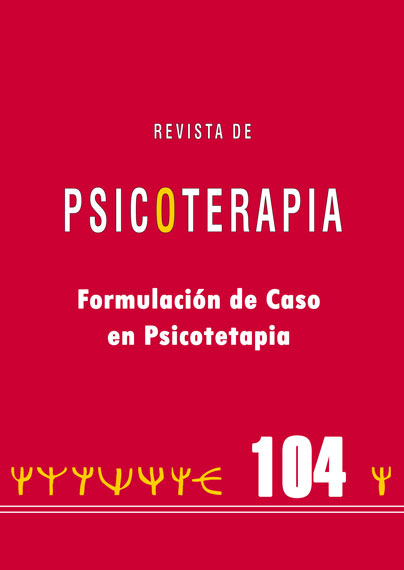How to Deal with Ambivalence in Psychotherapy: A Conceptual Model for Case Formulation
DOI:
https://doi.org/10.33898/rdp.v27i104.122Keywords:
ambivalencia, psicoterapia, cambio, momentos de innovación, formulación de casoAbstract
Ambivalence has been considered to exert a determinant role in the therapeutic process and outcome. Throughout the process clients often adopt two opposite positions about change. On one hand, they think about the need for change, on the other, they reject it. Previous empirical studies have been suggesting that ambivalence is a common process both in poor- and good-outcome cases, however, when it’s not resolved the therapeutic process tends to fail. In this sense the understanding of this phenomenon has the potential to promote better results in clinical practice. In this paper we present a transtheoretical conceptual framework that therapists from different approaches can use to conceptualize ambivalence in psychotherapy. Specifically, we discuss a) the movements towards change; b) the movements away from change, and; c) the processes involved in the ambivalence resolution. One psychotherapy case is used to illustrate our proposal and a set of guidelines is suggested to help therapists to conceptualize and deal with one of the processes most associated with therapeutic failure.Downloads
Downloads
Published
How to Cite
Issue
Section
License
Authors who publish in this journal accept the following conditions:
-
Authors retain copyright and grant the journal the right of first publication, with the work registered under the Creative Commons CC-BY-NC 4.0 International license. This license allows third parties to cite the text and use it without alteration and for non-commercial purposes, provided they credit the authorship of the work and its first publication in this journal.
-
Authors may enter into other independent and additional contractual agreements for the non-exclusive distribution of the version of the article published in this journal (e.g., including it in an institutional repository or publishing it in a book), provided they clearly indicate that the work was first published in this journal.
-
The views expressed in the articles are solely the responsibility of the authors and in no case do they reflect the opinions or scientific policies of the journal.









